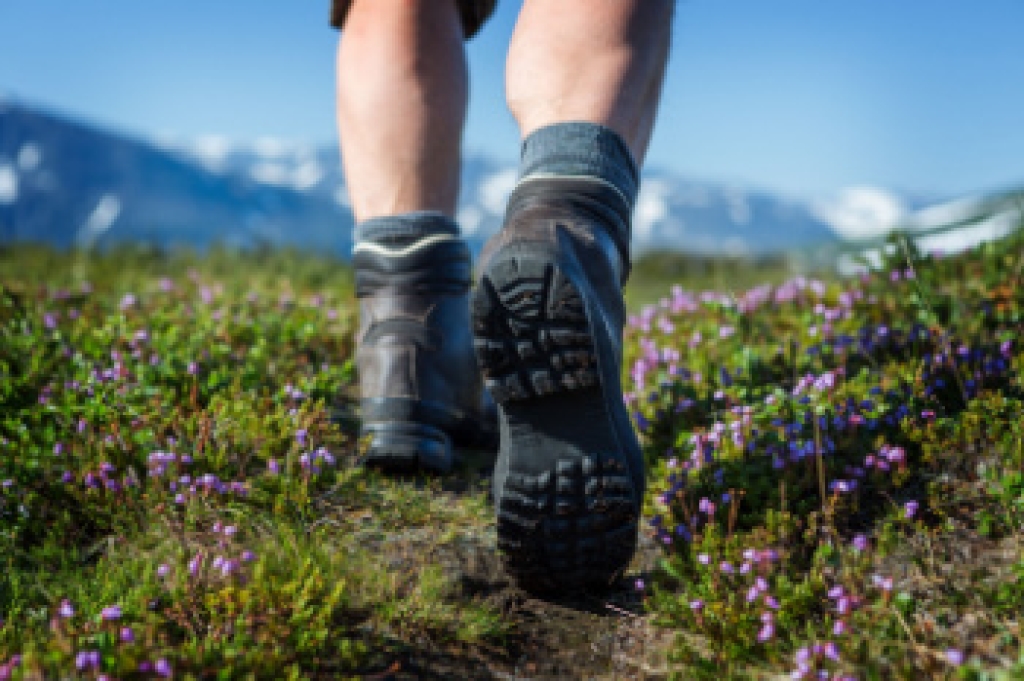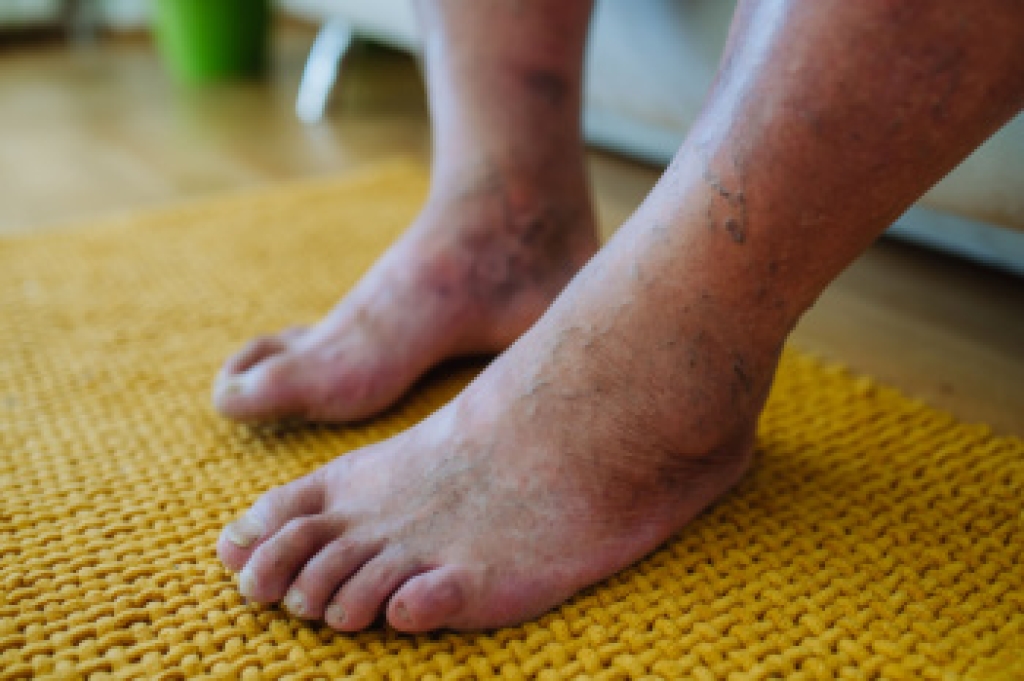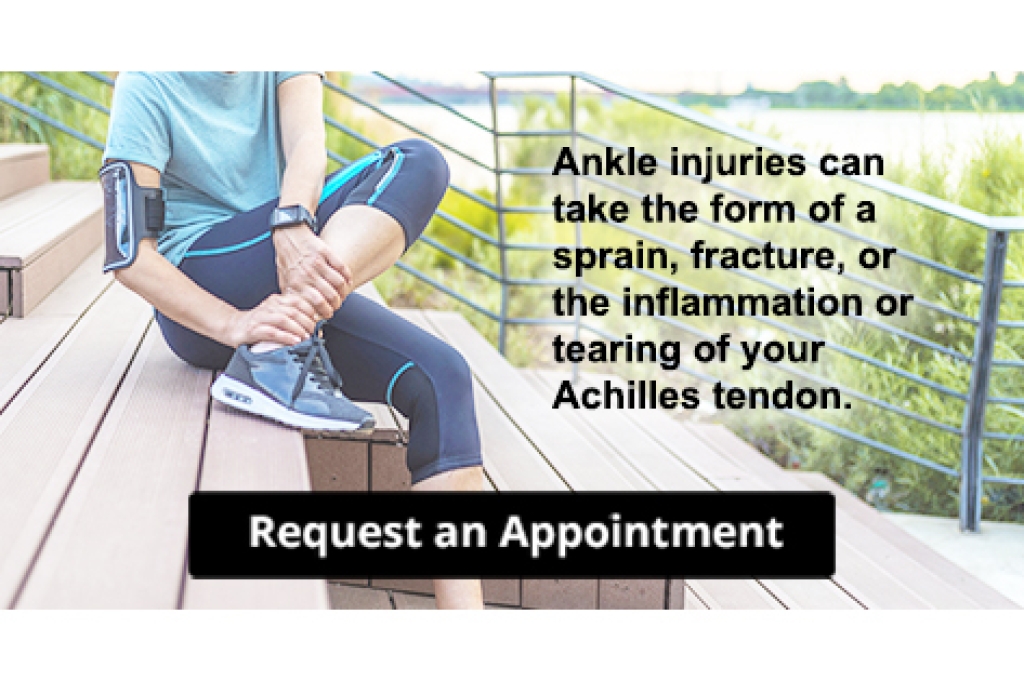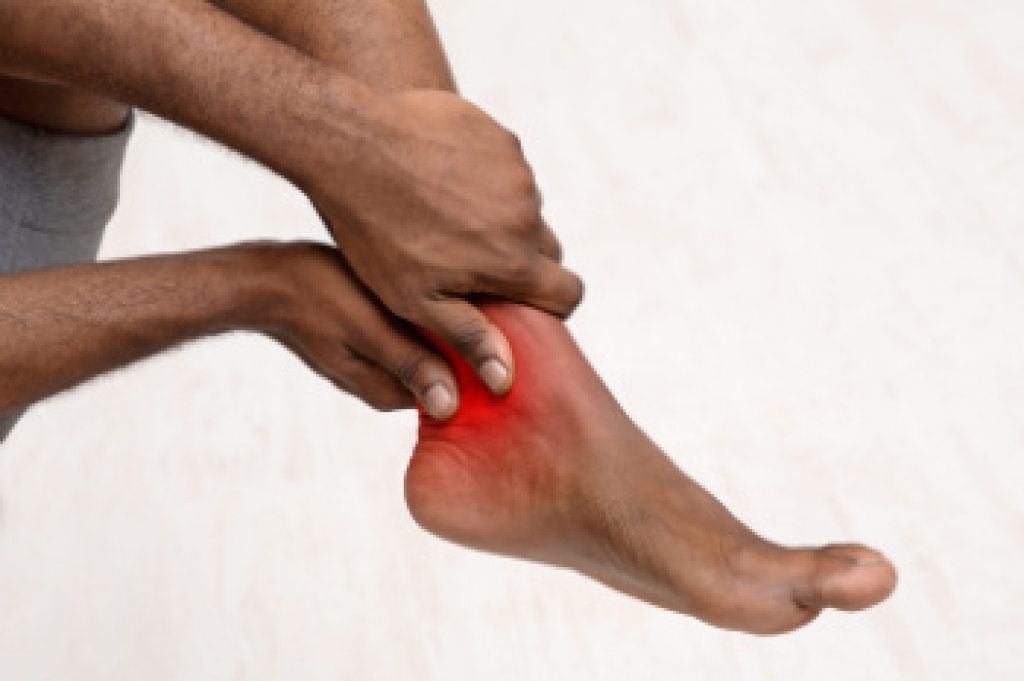
Rheumatoid arthritis, or RA, manifests through subtle yet telling signs, especially in its early stages. A common indicator is persistent joint stiffness, particularly in the mornings or after periods of inactivity. Accompanying this stiffness is often joint pain and swelling, which can gradually worsen over time. RA does not discriminate, affecting various joints throughout the body, including those in the feet. In fact, the feet are commonly among the first areas affected by RA. The condition can lead to inflammation in the joints of the feet, causing pain, swelling, and difficulty with mobility. Over time, RA may cause deformities such as bunions, hammertoes, or joint collapse in severe cases. If you are experiencing any of the above symptoms in your feet, it is strongly suggested that you are under the care of a podiatrist who can offer you effective management strategies.
Because RA affects more than just your joints, including the joints in your feet and ankles, it is important to seek early diagnosis from your podiatrist if you feel like the pain in your feet might be caused by RA. For more information, contact David Williams, DPM of El Paso Feet. Our doctor will assist you with all of your podiatric concerns.
What Is Rheumatoid Arthritis?
Rheumatoid Arthritis (RA) is an autoimmune disorder in which the body’s own immune system attacks the membranes surrounding the joints. Inflammation of the lining and eventually the destruction of the joint’s cartilage and bone occur, causing severe pain and immobility.
Rheumatoid Arthritis of the Feet
Although RA usually attacks multiple bones and joints throughout the entire body, almost 90 percent of cases result in pain in the foot or ankle area.
Symptoms
- Swelling and pain in the feet
- Stiffness in the feet
- Pain on the ball or sole of feet
- Joint shift and deformation
Diagnosis
Quick diagnosis of RA in the feet is important so that the podiatrist can treat the area effectively. Your doctor will ask you about your medical history, occupation, and lifestyle to determine the origin of the condition. Rheumatoid Factor tests help to determine if someone is affected by the disease.
If you have any questions, please feel free to contact our office located in El Paso, TX . We offer the newest diagnostic and treatment technologies for all your foot care needs.
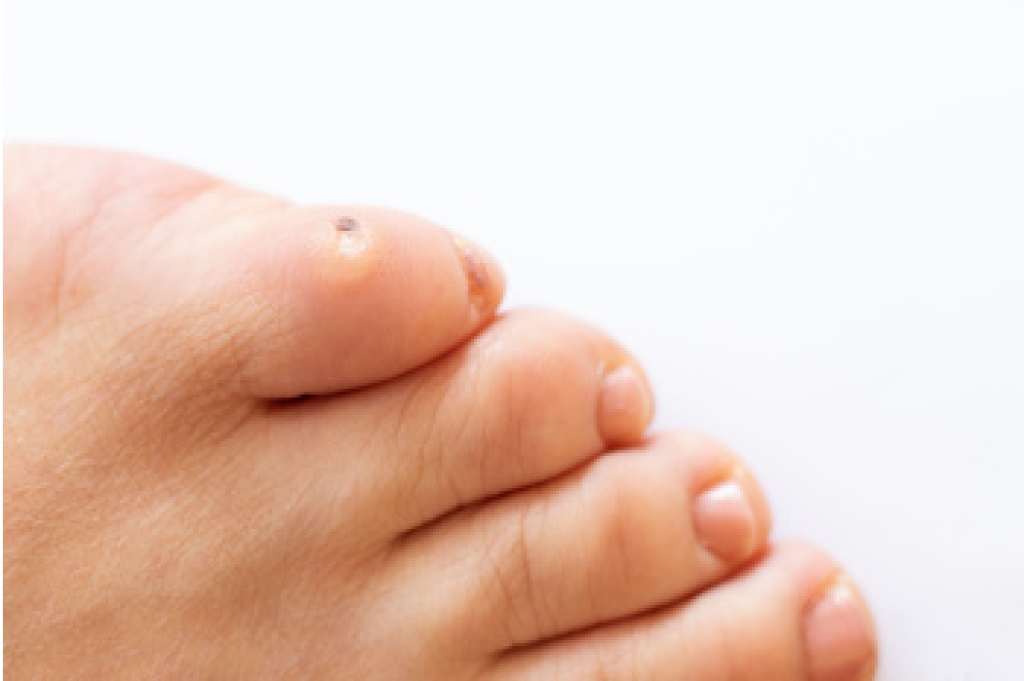 Corns on the feet
Corns on the feet